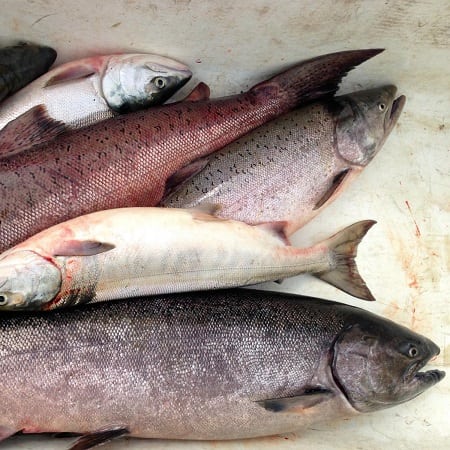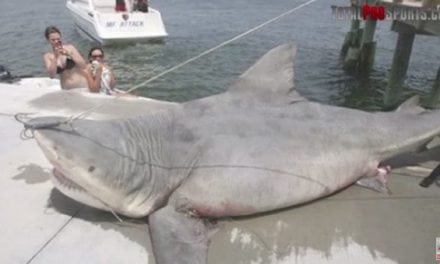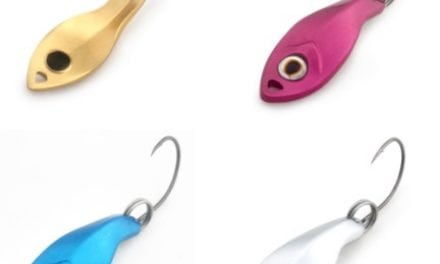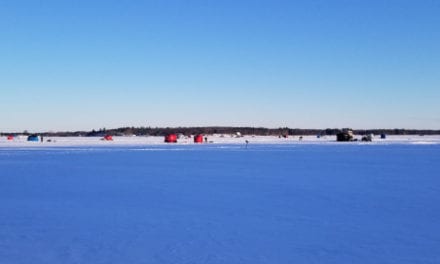
The statewide study of king salmon decline has not yielded any definitive conclusions. The results of the three-year study of the incidental catch of Chinooks showing up in the state’s commercial salmon fisheries ended with no real information about kings headed into the Bering Sea.
Kyle Shedd is a fisheries geneticist with the Gene Conservation Laboratory at the Alaska Department of Fish and Game. He says that the genetic study of incidental catch of kings showed that most of the fish caught were not Alaska king salmon, but ones headed south to British Columbia and even further south down the west coast of the U.S.
“The vast majority of Chinook salmon incidentally harvested in commercial fisheries, and also caught in the sport fisheries, were from southern stocks, so British Columbia and the West Coast of the United States. Very few of them were Alaska.”
Most of them were also young: only two and three-year-old ocean fish; not mature king salmon.
The state originally planned a three-year study of commercial and sport incidental catches in the Kodiak, Chignik, and Alaska Peninsula fisheries. But after 2014, the first year of the study, funds were cut back and only fish from the Kodiak commercial and sport salmon fishery were tested for the entire three-year period.
During the first year of the study, some Bering Sea fish showed up in the incidental catches of state commercial salmon boats fishing off of Chignik and the Southern Alaska Peninsula. But Shedd says that even in that mix, Kings headed to the Eastern Bering Sea amounted to only 20 percent of the incidental catch of Chinooks. Continue reading – http://kyuk.org/post/scientist-puzzled-over-declining-king-salmon-runs
The post Declining King Salmon Runs Has Scientists Puzzled appeared first on ODU Magazine-North America's #1 Digital Fishing Magazine.
















